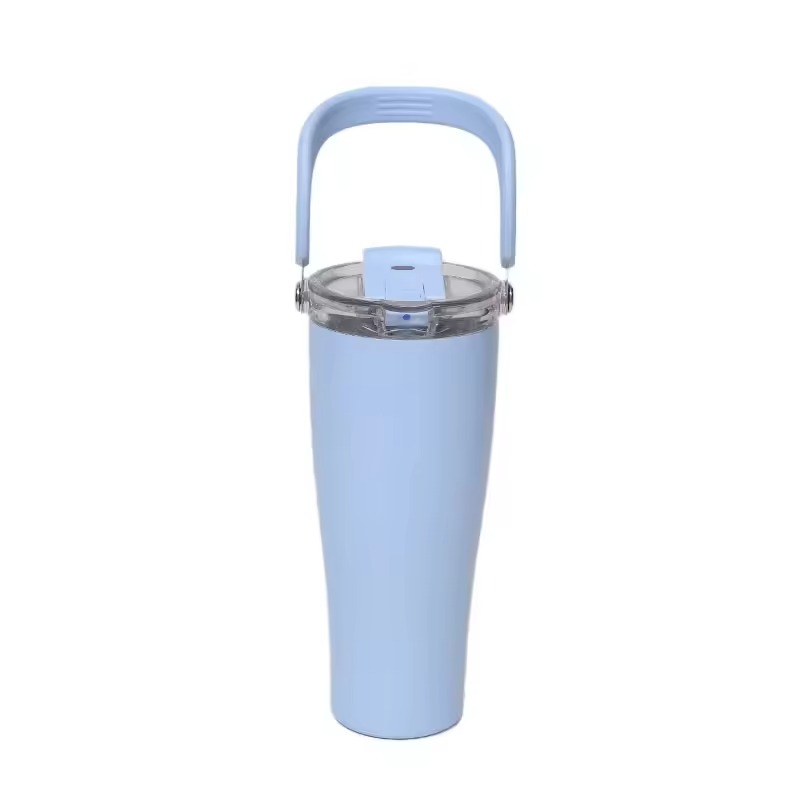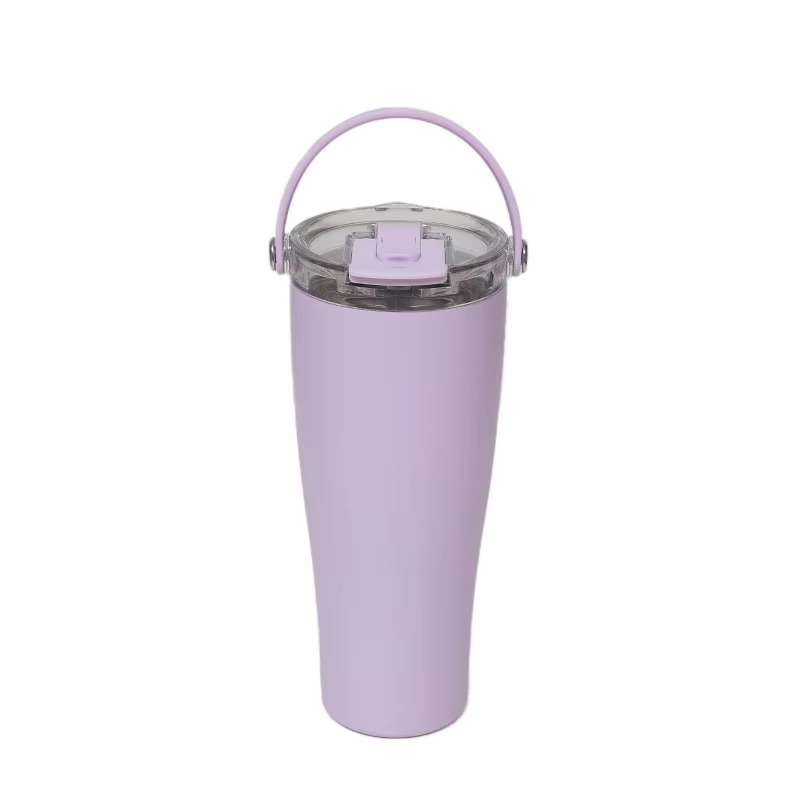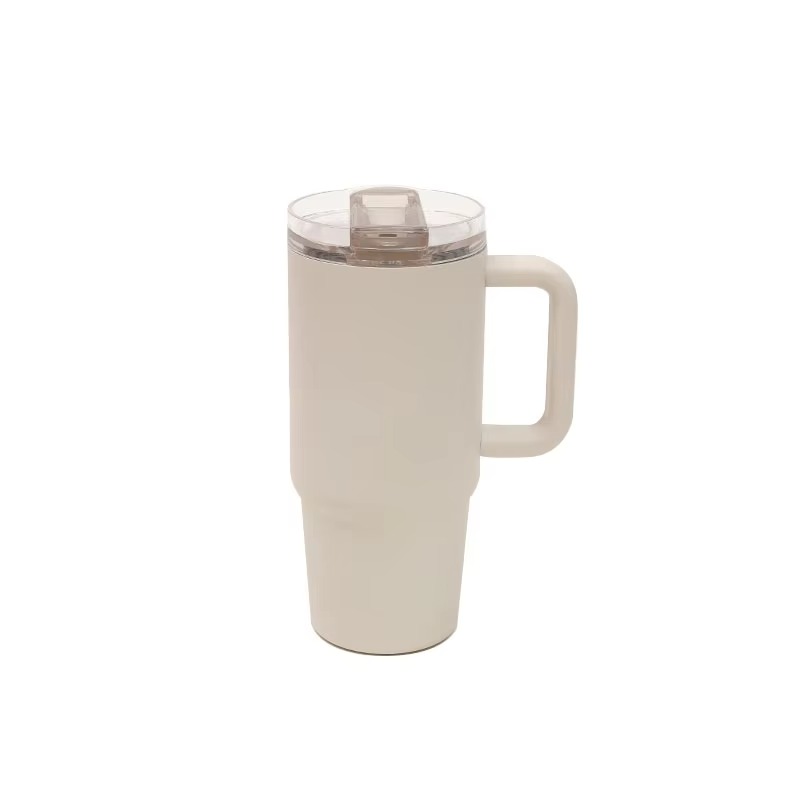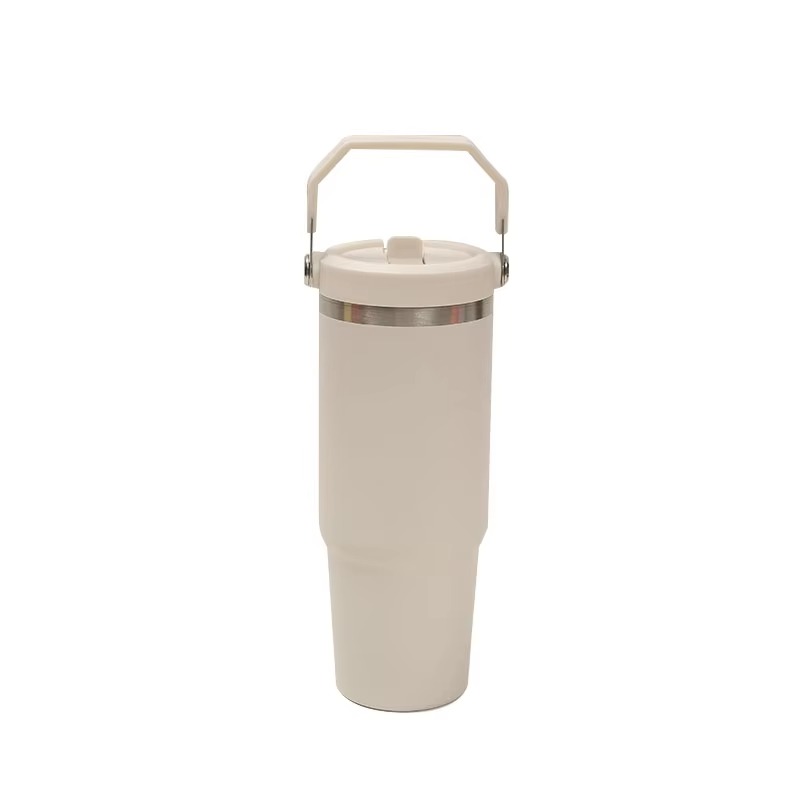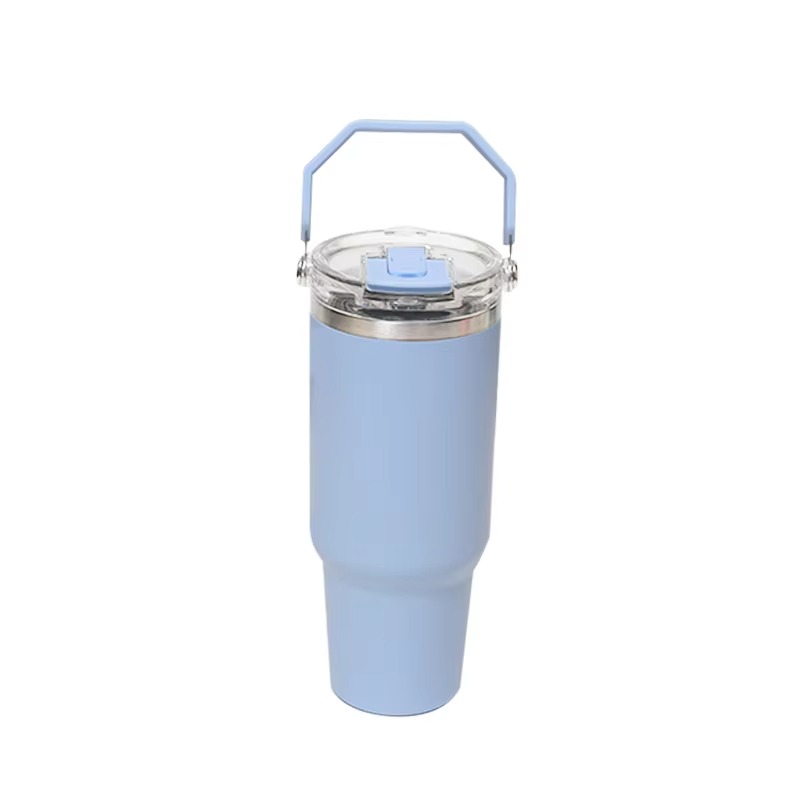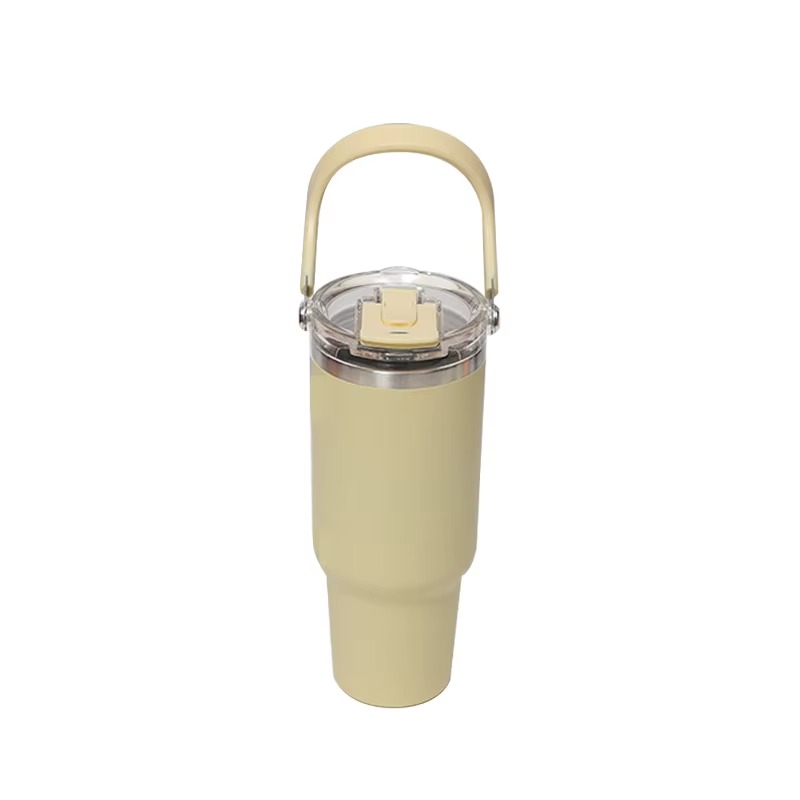As hybrid work and long virtual meetings reshape daily routines, small comforts that support focus and convenience are drawing new attention. One compact solution gaining steady use is the mug warmer — a low-profile heated platform that preserves the temperature of a cup or small bowl placed on its surface. This report explores how these devices function, common use scenarios, and practical considerations for safe, everyday use, with a focus on why some users find that a device like the Auto Mug fits well into a busy desk setup.
Mug warmers operate on a straightforward principle: electrical energy is converted into heat by an internal element, and that heat moves through the warmer’s top surface into the vessel resting on it. The dominant heat-transfer mechanism is conduction, which requires direct contact between the warmer and the container’s base. For consistent results, a flat-bottomed, heat-safe cup or bowl works best because it maximizes the contact area where heat can flow into the liquid. Because warming is gradual, these devices are intended to maintain a comfortable drinking temperature rather than rapidly heating cold liquids.
Design approaches vary, but the user experience tends to be simple. Some units place a flexible heating layer beneath a smooth ceramic-like top; others embed a heating pad under a rigid plate. Power options include standard wall outlets and low-voltage ports that suit workstation setups. The lack of complex moving parts typically means quiet operation and straightforward controls, making the devices unobtrusive companions during work, study, or relaxed home activities.
People choose mug warmers for several practical reasons. They reduce the number of times a drink must be reheated, support a slow sipping pace during focused tasks, and keep small servings of soup or broth pleasantly warm without micromanaging the kitchen. For those who move between tasks or return to a desk after interruptions, a warmer can preserve a beverage’s warmth long enough to enjoy it later. Safety and care are important: using heat-safe containers, avoiding spills near electrical elements, and turning the unit off when not in use are basic precautions.
Effectiveness depends on container type and contact quality. Thin-walled ceramic cups with flat bottoms tend to conduct heat into liquids more readily than heavily insulated or unevenly shaped vessels. However, because these warmers are designed for maintenance rather than rapid heating, they serve best as an aid to prolong warmth rather than as a substitute for reheating appliances.
Maintenance is typically low effort: wipe the surface when the unit is cool, avoid abrasive cleaners, and ensure cords and connectors are dry and stored safely. Their compact footprint allows placement on desks, bedside tables, or small kitchen counters. People who appreciate uninterrupted focus often pair these warmers with cups they use regularly at a workstation, creating a small but meaningful improvement to daily comfort.
Below is a concise table summarizing common use contexts and suitable container types for mug warmers:
|
Use Case |
Suitable Container Types |
Typical User Scenario |
|
Mid-afternoon coffee or tea |
Flat-bottomed ceramic mug, heat-safe glass |
Returning to a desk after a call |
|
Small servings of soup or broth |
Shallow bowl with flat base |
Quick desk lunch during remote work |
|
Long study or meeting sessions |
Wide-base, heat-safe mug |
Intermittent sipping across several hours |
|
Casual home use |
Sturdy heat-safe cups and small bowls |
Reading or crafting without frequent reheating |
When evaluating whether a mug warmer matches your routine, consider where it will sit, which cups you use most often, and how often you prefer to reheat beverages. For many users, the convenience of preserved warmth during long tasks outweighs the small counter or desk space the device requires. The underlying technology relies on well-understood heat transfer and simple electrical design, which contributes to the devices’ appeal as low-effort solutions.
In performance terms, these warmers are not intended to replace dedicated reheating appliances; instead, they occupy a niche focused on maintaining an enjoyable temperature while you work or relax. Compatibility with common tabletop vessels, ease of cleaning, and quiet operation are frequent considerations when people evaluate models for daily use.If you are curious about product options and practical guidance for integrating a warmer into your workspace, you can find further information at www.automugfactory.com.

 English
English Español
Español русский
русский